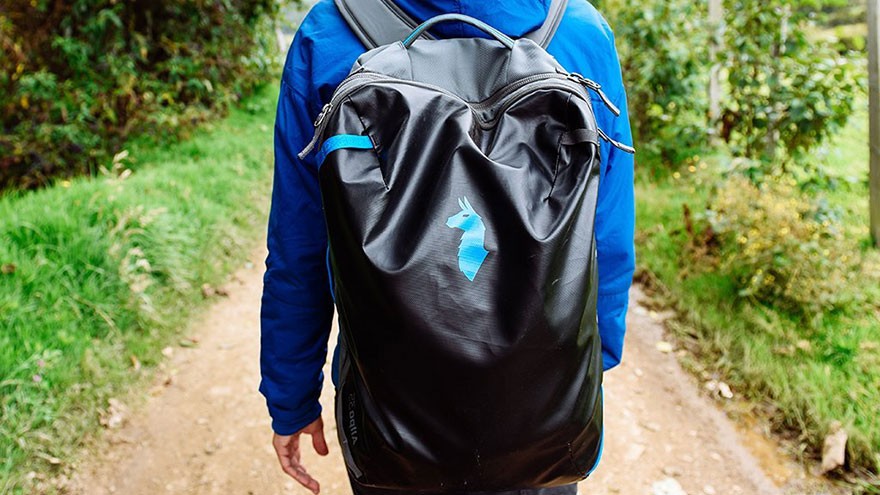How to Backpack Through Spain
Not only is Spain the third most-visited country in the world according to Hostelworld, but it also stands as one of the cheaper European destinations to visit for those on a budget, with the chance to pick up low fares on transport and bargain accommodation rates.
The best time to visit is spring and fall since summer temperatures can be oppressive in the major cities.

Sample Itinerary
Spain can be divided into four main regions: the northern Atlantic and mountain region, the Mediterranean coast, the central plateau, and the southern regions of Andalucia and beyond.
Covering the whole lot in a single trip represents a daunting task, but nevertheless, Spain is smaller than Texas, with enough widespread transport links to link the major cities.
Highlights include Toledo, with the largest cathedral in the Christian world; the Moorish Alhambra in Granada, which dates from 1238; Barcelona; and outstanding art galleries in Bilbao and Madrid respectively, with the latter’s Prado boasting the largest gallery in the world.
Walkers on the Camino de Santiago going to the sacred shrine at Santiago de Compostela in northern Spain can mix with backpackers from all over the world year-round and stay for a nominal fee at albergues — shared pilgrim hostels — along the route.
Budget Accommodation
Red Espanola de Albergues Juveniles (REAJ) manages more than 260 hostels across Spain, where backpackers may find a shared dorm room, locker and communal kitchen for the night at bargain-basement prices. The hostels often are centrally located.
Frommer’s recommends the Hostal del Cardenal for the chance to stay in a historic Toledo palace on the cheap. Similarly inexpensive are family-run pensiones, equivalent to a bed-and-breakfast, which are easy to find in rural towns but less so in Madrid and Barcelona — where advance reservations are a must. Rough Guides recommends heading to the town cathedral or central square, around which most cheap accommodations are clustered.
In summer, backpackers can save money by staying in any of the hundreds of campsites spread across the country, bearing in mind that no camping is allowed outside official areas.
RELATED : Top 5 Ways to Save For Vacation
Cheap Transport
Take advantage of one of the cheapest national rail networks in Europe, run by RENFE. To cut costs further, buy a tourist card — available only to foreigners — which offers discounts over a fixed period, or look out for “Blue Days” to secure discounts up to 50 percent.
Those under 26 may buy a Tarjeta Explorereail pass for unlimited travel on most regional trains. In the south, the Expresso Al Andalus tourist train leaves Seville weekly and stops at Cordoba, Granada and Malaga, among others, taking a lot of the planning out of touring.
Buses are a thrifty option for areas not on the rail network, with overnight buses between cities the cheapest mode of public transport. Eurolines, for example, serves more than 20 destinations nationally.
Affordable Dining
Although post-Euro Spain is no longer the dining pushover it once was, backpackers still can eat reasonably cheaply, sampling some legendary cuisine along the way, from the seafood dishes of Basque country to the sausages and stews of Catalonia.
The craftiest way to satiate the appetite without spending a fortune is to take advantage of the free tapas many bars serve with drinks from the early evening onward. Choose the right spot and you can enjoy some outstanding delicacies that put nuts and pretzels to shame.
Otherwise, dining at lunch rather than dinner is kindest on the wallet, especially if you go for the house menu of the day and favor family-run eateries over restaurants near major tourist sites.
You Might Also Like : Backpacker Travel Insurance
Check out the video version of this article on YouTube

